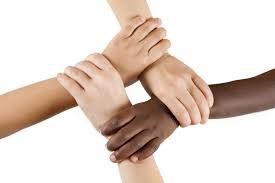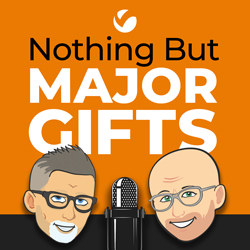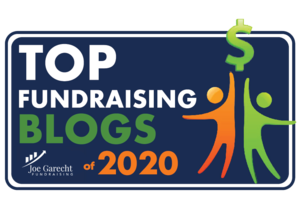 Any major gift officer who has been working for a few years has heard this phrase uttered by one of her donors: “Well, who else is going to fund this project? I don’t want to be the only one to invest in it.”
Any major gift officer who has been working for a few years has heard this phrase uttered by one of her donors: “Well, who else is going to fund this project? I don’t want to be the only one to invest in it.”
Sound familiar?
I was just reading one of Seth Godin’s blog posts called “Making Change (in multiples).” He says this:
“When people [a major donor] can see how parts of your message [offer] resonate with their peers [other major donors] they’re more likely to reconsider them in a positive light.”
The most obvious way you see this happening with major donors is in a capital campaign. Most capital campaign consultants will tell you that before a donor commits to a long-term pledge, he will want to know who the other donors are that are also committing to a substantial pledge.
But beyond campaigns, Richard and I feel that there is an opportunity for you to understand a very human behavior and serve your donor outrageously; you’ll help your donor make a difference by connecting him to other donors who have a similar passion and interest.
It’s a strategy that we feel is way under-used in major gifts.
Now, a warning here before I go too far with this. You have to be very careful that you are NOT diminishing an individual donor’s impact (their overall giving to a project) by having others join the donor in their giving. I want to be clear: you are not getting a group of donors to fund a project or program. That actually could have the opposite effect of what you are intending to do.
This kind of thing happens when you bring together a random bunch of major donors at a gathering or event and you introduce a new project or program for them to all invest in. The problem with this is that you shouldn’t treat a major donor as part of a group. That can have a negative affect on giving amounts.
What you want to do is to take an individual donor (knowing her personal passions and interests) and introduce her to other individual donors who have shared passions and interests, and connect them to a specific project or program that inspires the donors to do more than they would otherwise do individually.
The difference here is that you are relating to these donors as individuals, working your strategic plan; and part of that plan is to bring together some donors who you feel would give more if they knew others viewed the project or program with equal importance.
As a major gift officer you are doing two things: 1) treating each donor as an individual, and yet 2) reinforcing a common human behavior that someone is more likely to make more of an impact if he knows that there are others who are just as passionate, who will join him to make a difference.
What this means practically is this:
- Review your entire caseload. Do this along with MGO colleagues in your organization (if you have them) to look for donors who have similar passions and interests.
- Review all programs and projects of your organization. Do you have projects or programs that match the donors’ individual interests, programs that will make a significant impact on your organization? Create a matrix of donors and offers.
- Discuss the project or program with each individual separately to gauge interest and potential investment amounts. If there is interest, tell the donor you want to introduce her to a few other donors who are also interested in making an impact.
- Bring together no more than 3–4 donors to discuss the project – and make sure each donor discusses why he is passionate about it. Allow for further opportunities to engage as a “team” and ask questions.
- Follow up. Follow up with each donor individually, when the official solicitation would take place.
Obviously, you have to know your donor well enough to know if this would work for her. Some donors want to be the sole investor in a project. That type of donor does not do well with this strategy. You’re looking to engage donors that are likely to do more when others are also investing.
This is just another level of strategic planning and thinking that you can be doing with your caseload, planning that could have an enormous impact on a donor’s investment in your organization. The added benefit is that you bring together like-minded donors who will make a positive impact now – and perhaps well into the future.
Jeff





0 Comments